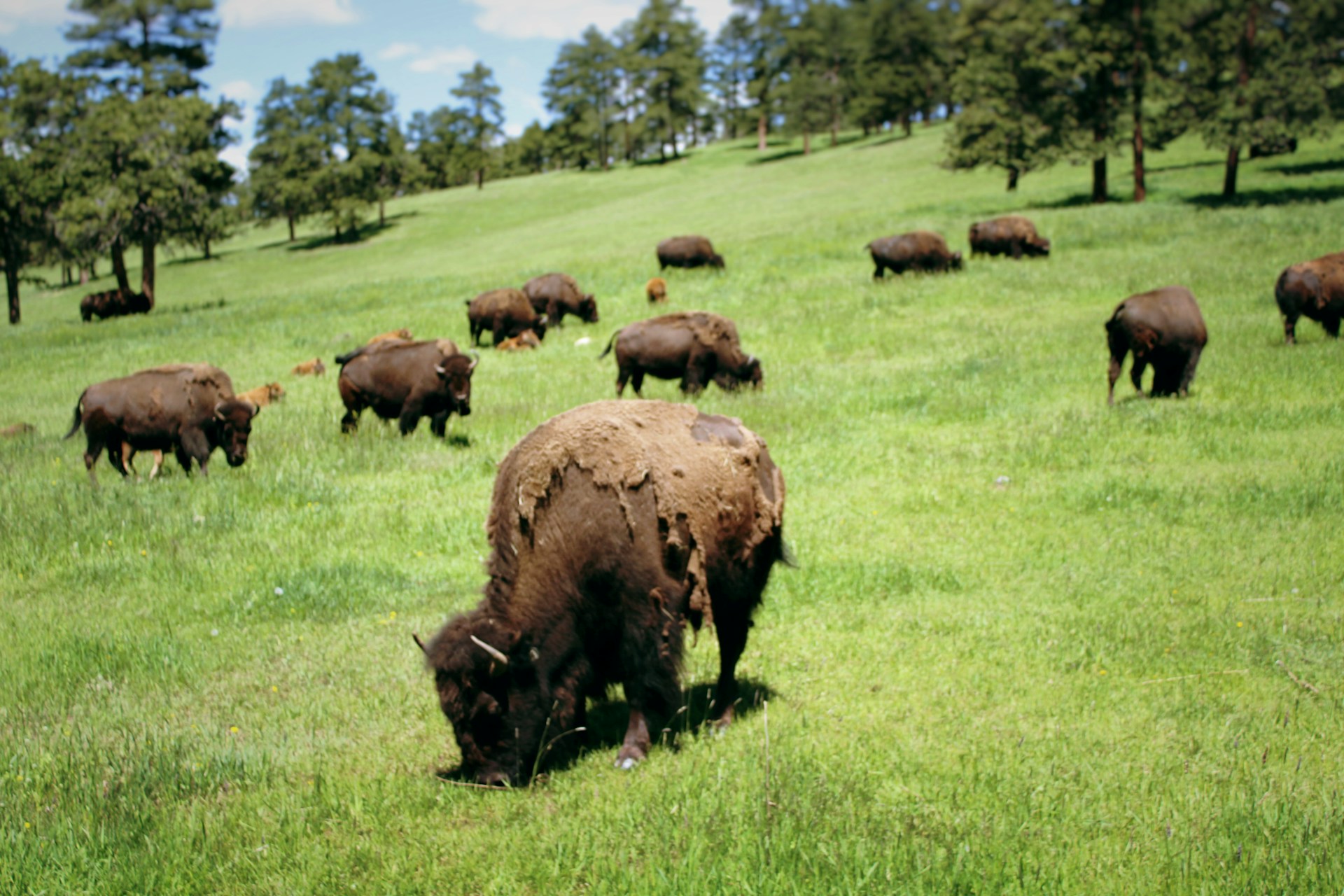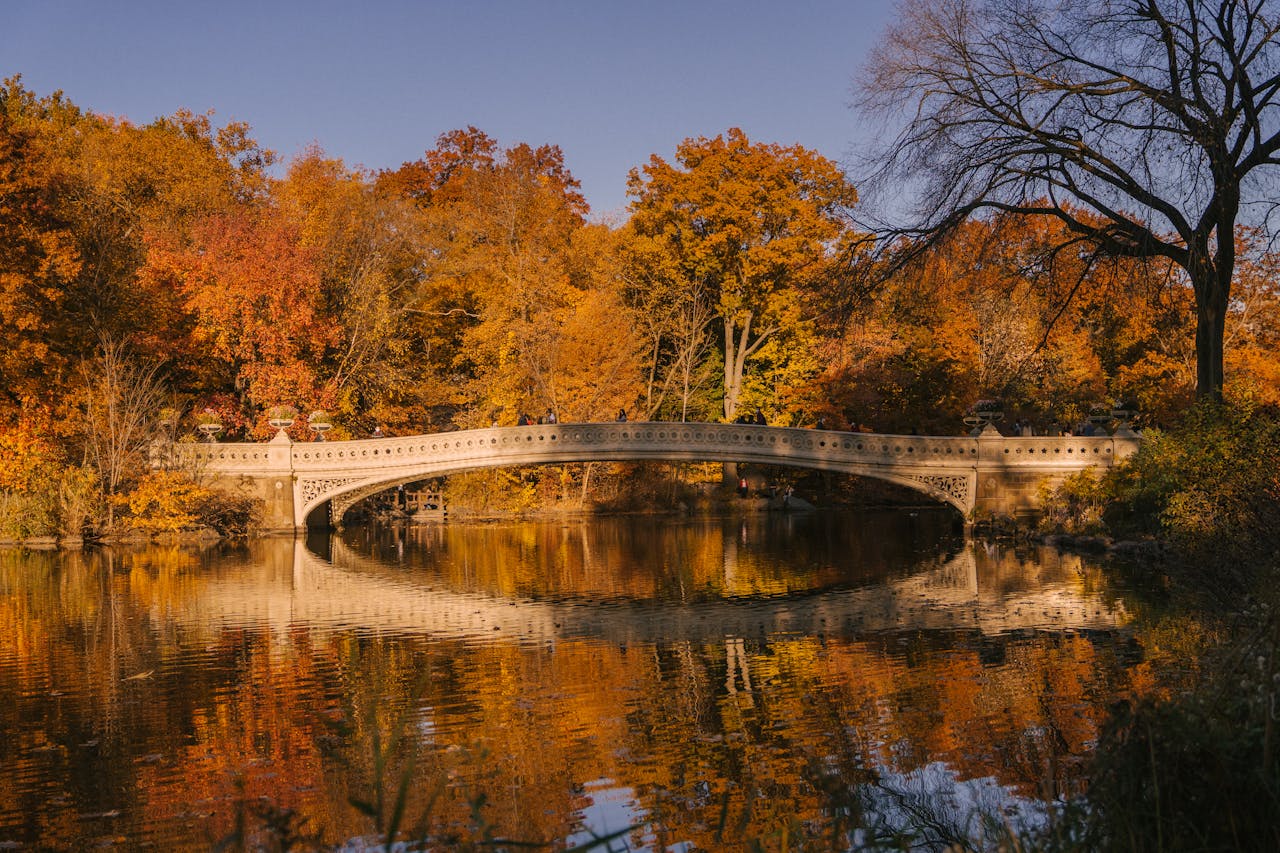The old routes never disappeared. They waited quietly under layers of snow and sage, unchanged by roads or fences, waiting for the land to open again. Recent studies using GPS tracking and satellite data reveal that bison are once more retracing the same corridors their ancestors followed thousands of years ago. These migrations, once broken by settlement, are returning to life across Yellowstone and the Northern Plains.
This revival isn’t random. It’s driven by instinct, weather, and memory. Older bison lead younger ones along routes tied to snowmelt, fresh grass, and water. As they travel, they restore balance, fertilizing soil, recycling nutrients, and reviving the ecosystems that built North America’s grasslands. Watching them move across open country is like seeing time itself breathe again.
Yellowstone’s Northern Range: Lamar Valley to the Beartooth Front
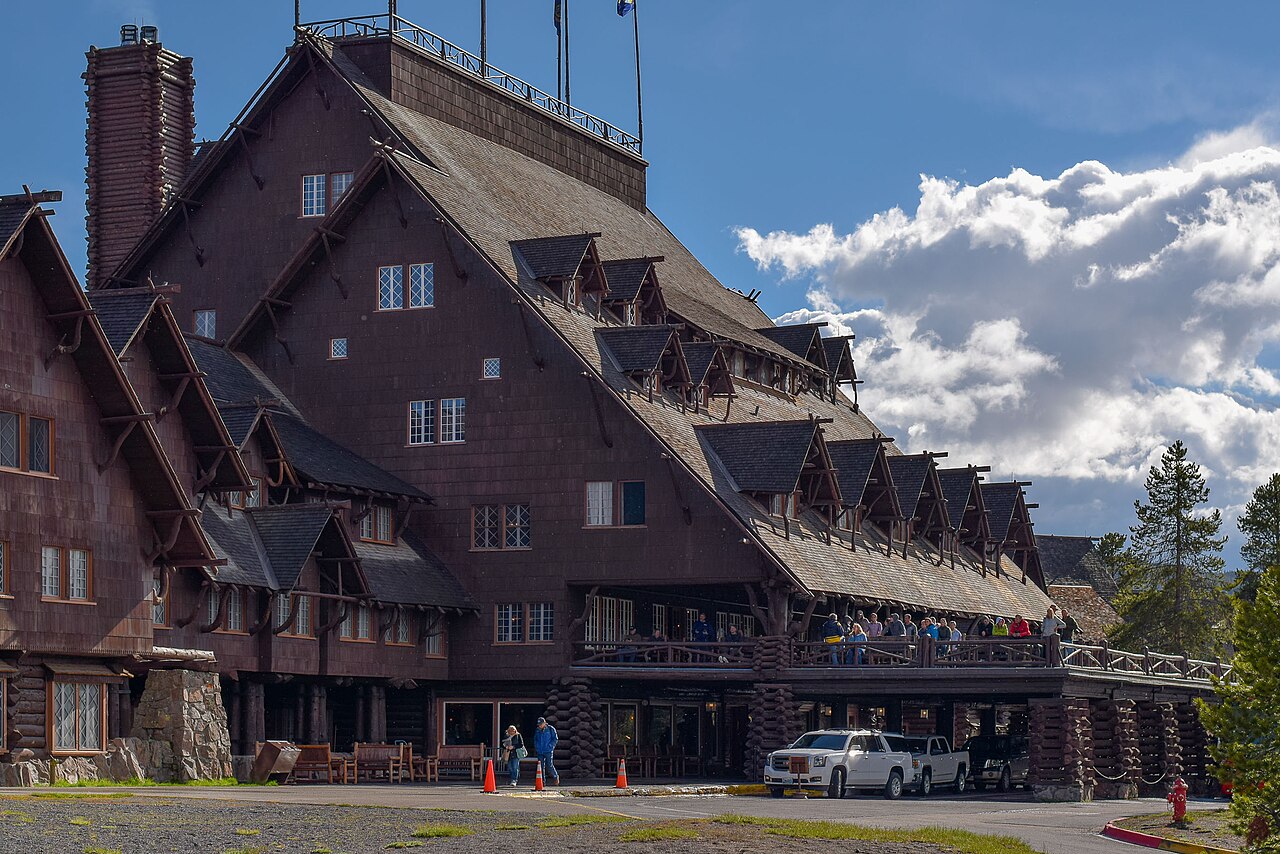
Here, the rhythm of migration is written into the land. Each spring, bison move from the frozen flats into Lamar Valley, where new grass emerges first. In summer, they climb toward cooler benches, then return with the early snow. What looks spontaneous is actually a precise ecological exchange. Bison graze, soil microbes respond, and the valley grows richer for their passing.
Researchers who tracked herds over six years found that grazing increases plant nutrition by as much as 150 percent. Nitrogen recycling, hoof aeration, and microbial activity turn trampled meadows into stronger pastures. Yellowstone now supports roughly 5,000 bison, a population stable enough to sustain full seasonal movement across 50-mile corridors.
Winter transforms the valley into a pale sea. Steam rises from the river, and dark silhouettes drift through fog, heads low against the wind. Coyotes trail them at a distance, and ravens circle overhead. These moments remind visitors that Yellowstone’s beauty lies not in stillness, but in motion.
For those who want to see this spectacle, dawn and dusk are best. The cold sharpens every sound, the crunch of snow, the steady rhythm of hooves, the breath that fogs and vanishes. Each track pressed into the frost is a signature of survival.
Mary Mountain: The Hidden Corridor
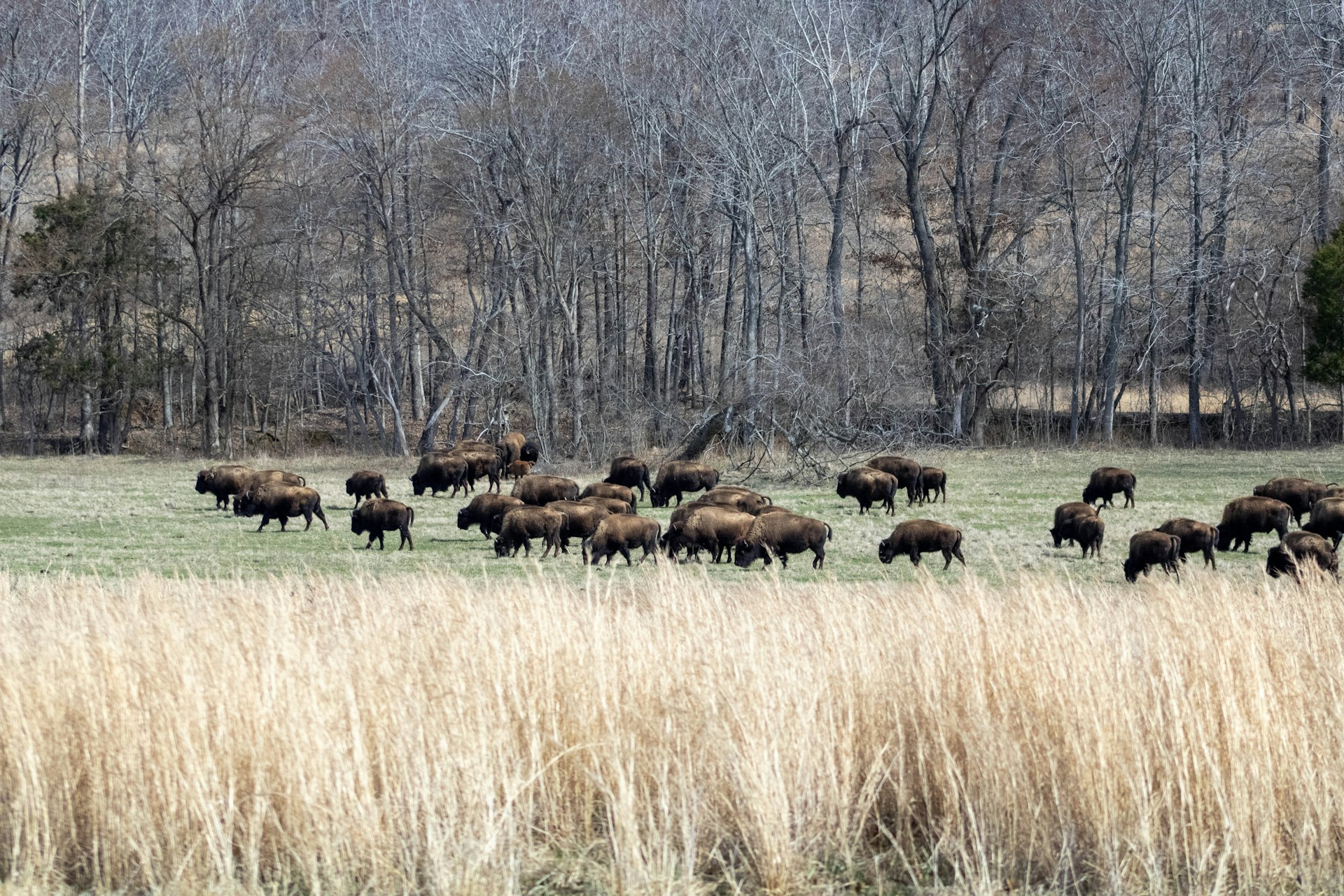
Mary Mountain connects geyser basins to Hayden Valley, a narrow but vital artery that keeps Yellowstone’s ecosystem breathing. When storms hit or insects swarm, herds funnel through this trail in fluid, instinctive motion. It’s one of the few places where tracks overlap so densely they look etched into the soil.
Biologists call this corridor connective tissue. It’s proof that migration isn’t just about where bison go, but how the entire landscape holds together. Even short paths like this matter, carrying life from one basin to the next and keeping Yellowstone’s wild rhythm intact.
Hayden and Pelican Valleys: The Central Plateau
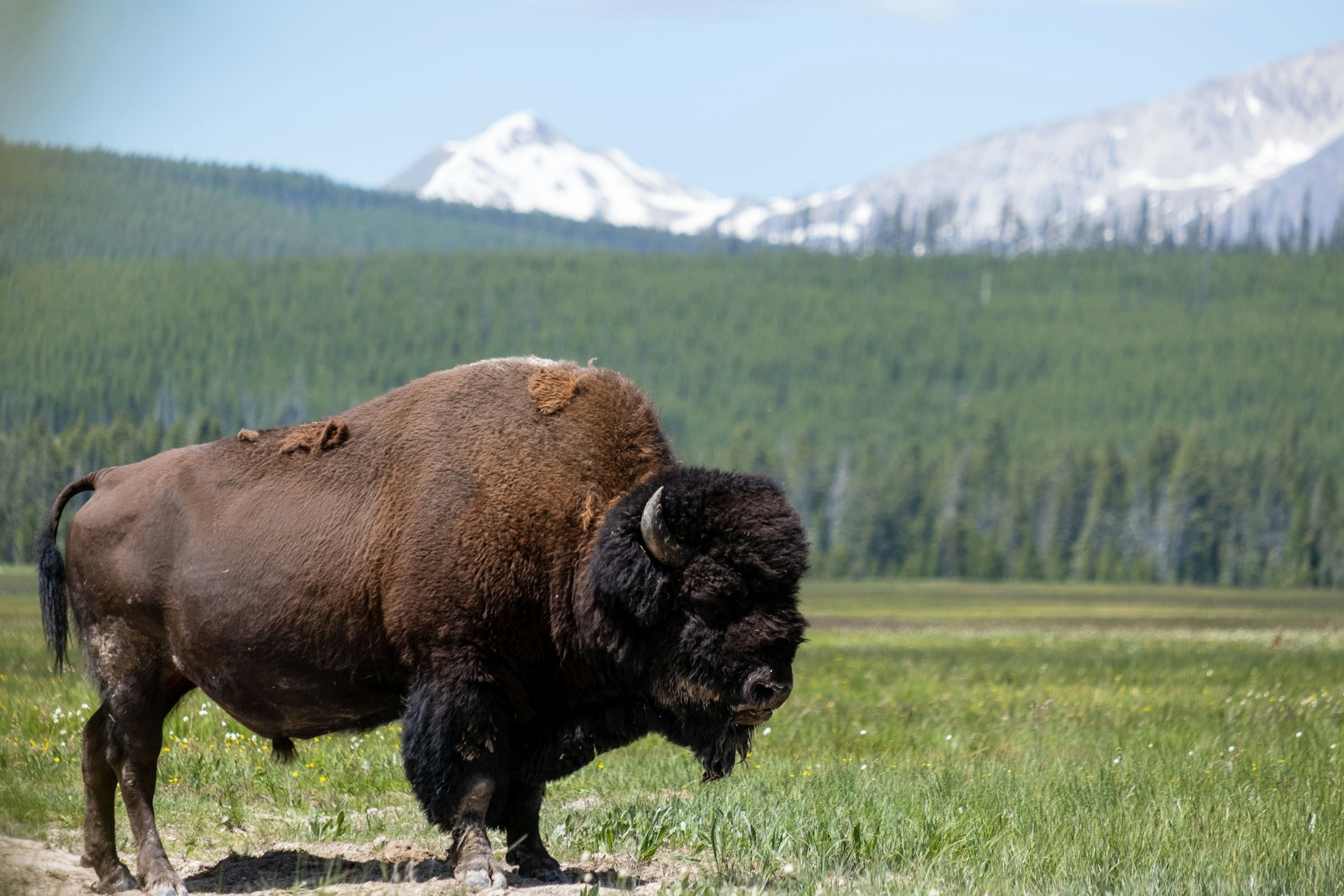
Hayden and Pelican Valleys carry a slower pulse. Spring draws bison to the open river plains, where new grass ripples in the wind. By midsummer, biting flies and heat push them uphill toward Pelican’s cooler slopes. This gentle rotation covers about 50 miles, but over a full year, the movement can total nearly 1,000 miles.
During these loops, scientists observed something remarkable. Grazed areas often recover faster than untouched ones. The animals’ hooves break up soil, their waste feeds microbes, and plants rebound greener and stronger. It’s an unbroken cycle between movement and renewal.
Winter adds its own quiet rhythm. Frost glazes the meadows, and herds huddle near thermal streams, steam curling through the air. They endure with patience rather than struggle, trusting the same paths they’ve used for generations.
For observers, it’s less about distance than presence. Every hillside carries the weight of memory, every hoofprint a piece of the landscape’s long conversation with itself.
Great Plains Grasslands: The Wider Return
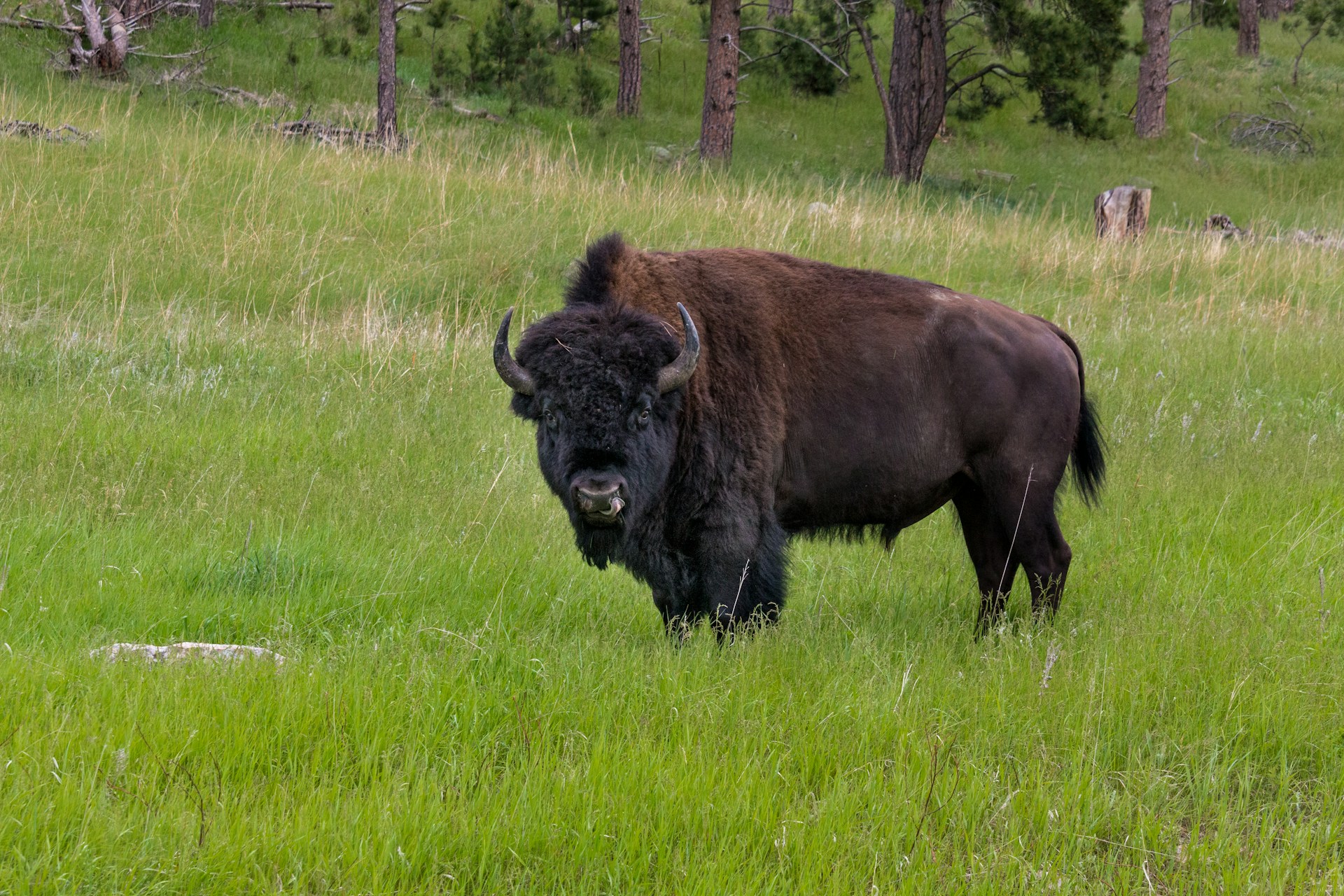
Beyond Yellowstone, conservation projects in Montana and the Dakotas are restoring open space for bison herds to roam freely again. Old ranch fences are coming down, prairie grasses are being reseeded, and rivers are regaining their natural floodplains. Each of these efforts revives a fragment of the Great Plains’ original identity.
Before European settlement, an estimated 30 to 60 million bison roamed from Alaska to Mexico. By the late 1800s, fewer than a thousand survived. Today’s herds are small by comparison, but their movement is once again reshaping ecosystems across the West.
Why These Migrations Matter
Bison migrations do more than move animals across land. They connect life itself. Every journey stirs nutrients, feeds other species, and restores ecological memory. Scientists compare their effect to the return of wildebeests in Africa. When herds move, the entire ecosystem breathes deeper.
The return of these ancient routes shows what restoration can achieve when land, wildlife, and people share purpose. Bison are not just surviving; they’re showing us how balance can be rebuilt step by step, mile by mile.
Sources
- Impact of bison on ecosystem health: Outside Online – Bison Poop and Ecosystem Renewal
- Historic population statistics: Wikipedia – American Bison
- Restoration efforts in the Great Plains: USFWS – Plains Bison
- Conservation management initiatives: Montana – Bison Conservation Final EIS
- Worldwide conservation status: WWF – Plains Bison
- Bison population and ecology: Yellowstone Bison Executive Summary
- Scientific tracking of migration routes: Discover Wildlife – Bison Migration Tracking
- Yellowstone bison migration details: Yellowstone National Park – Bison Ecology
